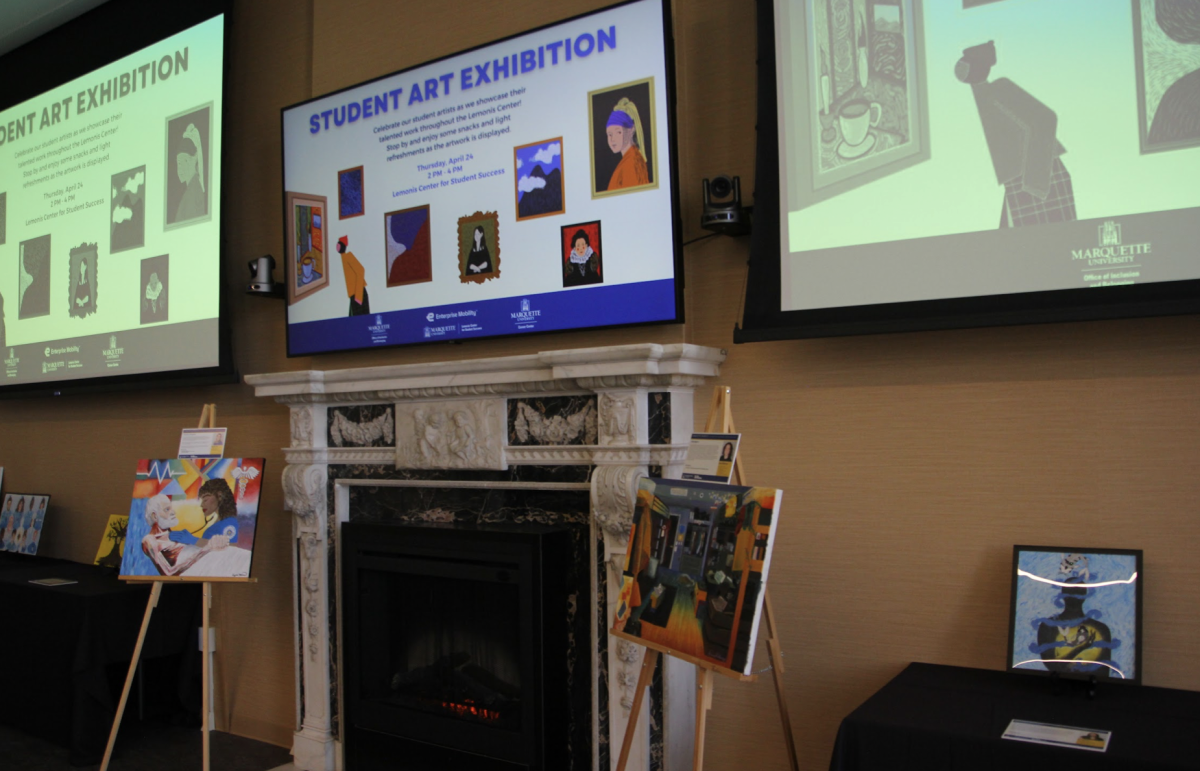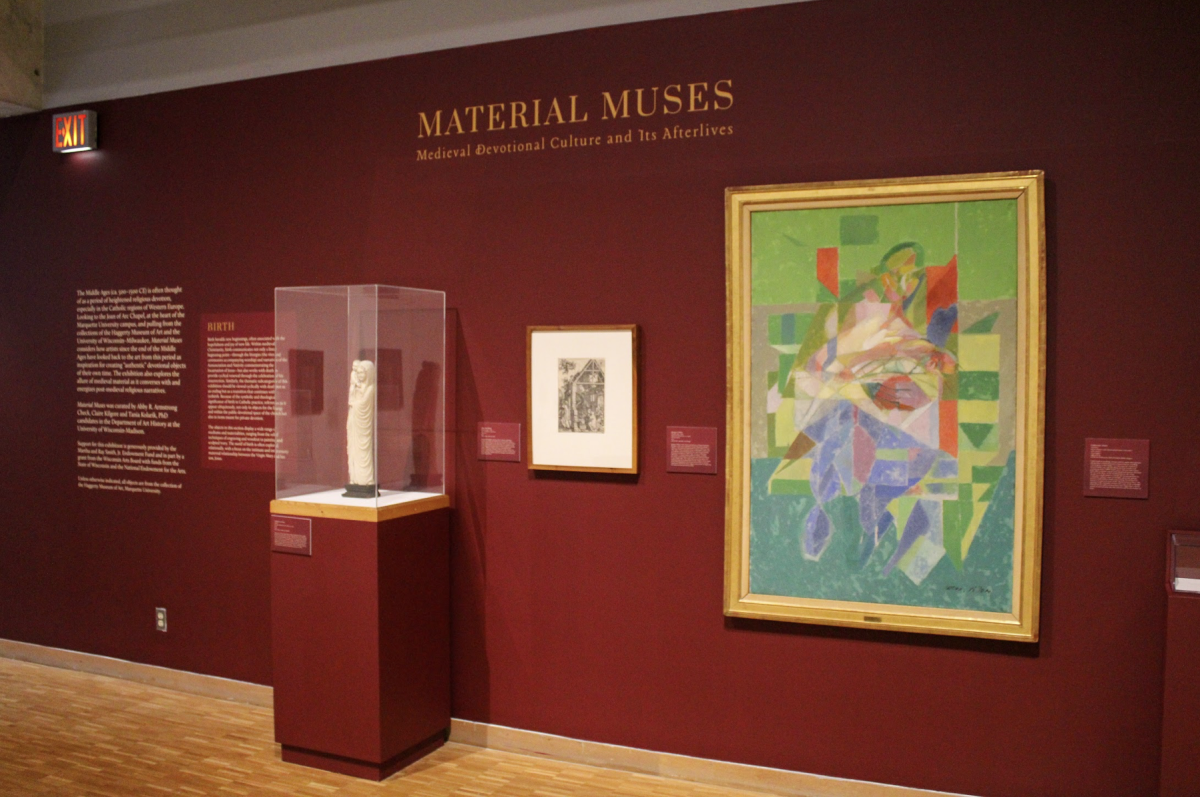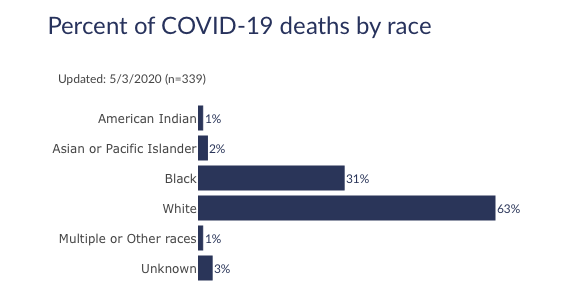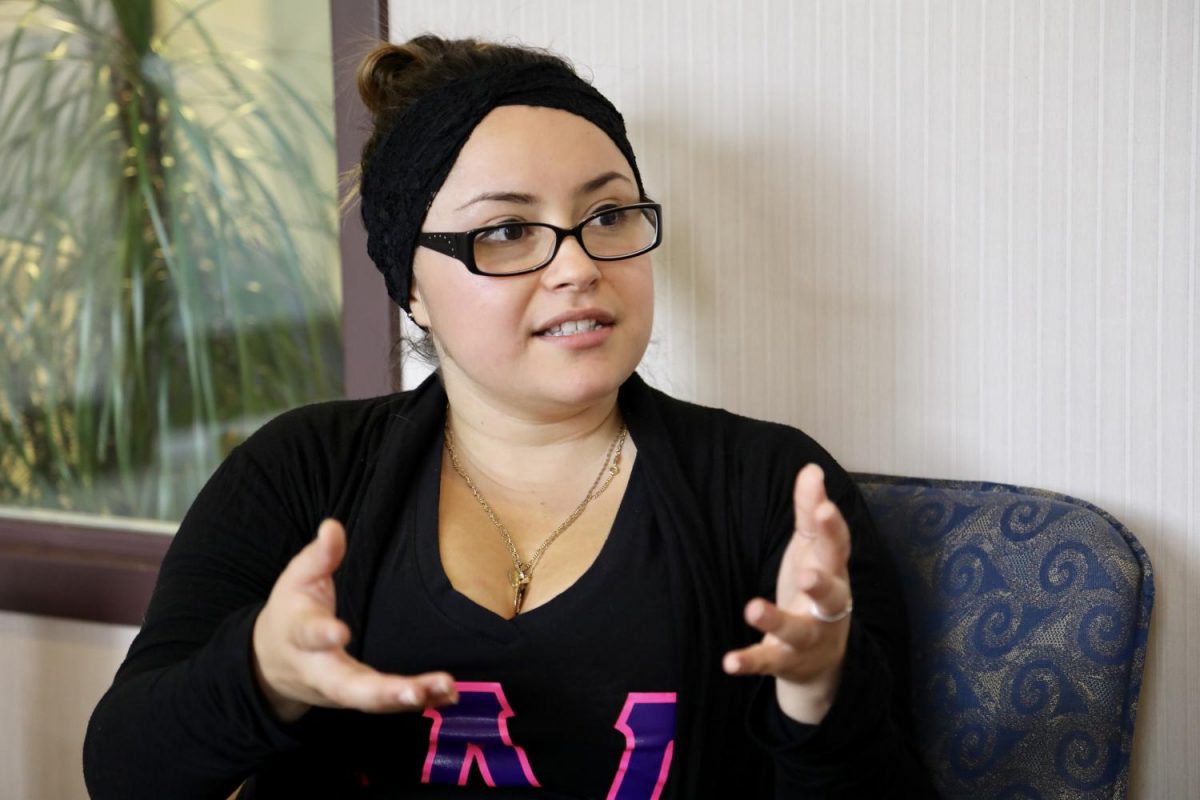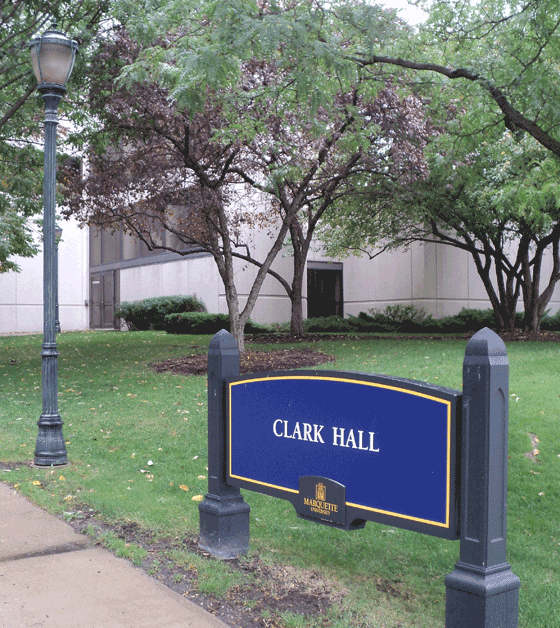Living in a beautiful environment can do wonders for your quality of life, but for too long we have allowed cities to become concrete wastelands of dirty roads and bleak gray buildings.
They can be beautiful metropolises of ornate architecture decorated with colorful artwork and patches of greenery, but many cities fail to invest in beautification efforts that liven up their communities. Unfortunately, when cities do invest in beautification, they often neglect low-income communities in their efforts.
Milwaukee has struggled to do this, but recent legislation shows that the city is willing to make a change. Our local government’s moves to improve the beauty of all of Milwaukee should be commended and imitated by other cities.
They too must emphasize including underprivileged communities for there to be a real impact. Furthermore, it is important that through these efforts, cities are committed to revitalizing areas, instead of gentrifying them and excluding current residents.
At the end of last year, the city announced a $2.75 million public works and beautification proposal that would transform various parts of the city for recreational and artistic purposes.
The project would turn an underused parking lot into a free public skatepark, pave and reconstruct streets and paint 12 pillars that support the I-94 overpass along South Fourth Street.
These projects all add color, beauty and utility to neglected areas across MKE and serve an important purpose in inspiring greater community pride. Minority populations can be empowered through diverse representations in public artworks. Access to recreational activities allows for better mental health outcomes and a lower incentive for youth to turn to drug abuse and gang activity.
Communities also benefit from a higher frequency of quality green spaces. Milwaukee recently invested over $500,000 in revitalizing two local parks in February. Businesses are also able to apply for grants to have their storefronts cleaned up and, if they qualify, have the city pay to have greenery planted nearby. Grant recipients are then responsible for maintaining the landscaped area as necessary.
Maintenance costs like these do present an obstacle for small businesses with thin margins, but they are nonetheless an important step towards allocating government funds back into these communities. Still, projects that invest directly into underprivileged communities will always be a superior method of improving the well-being of these residents.
Additionally, these projects must avoid gentrification by remaining committed to improving the conditions of current residents, instead of pushing them out. Across the country, cities that have implemented beautification projects have used it to install hostile architecture, increase surveillance and drive out residents to make way for more tourism.
In cities like Austin, Texas, residents report observing uniquely inhumane examples of hostile architecture created with the sole purpose of warding off unhoused individuals. They noticed dividers in benches to keep people from laying down and bars across windowsills to prevent people from resting on them.
In 2017, cities like Spokane, Washington and San Diego, spend $57,000 and $150,000 on installing jagged rocks under overpasses to prevent people from loitering there. This money could have been spent on improving the quality of life for members of low-income communities, instead of excluding them.
Efforts made at increasing access to recreation, improving green spaces and allowing for businesses to apply for grants like Milwaukee has offered will always produce positive outcomes so long as they are handled with responsibility and care for the people who reside there.
When creating these projects, local governments need to recognize the variety of people they serve, including members of low-income communities. Responsible city beautification is vital, because every resident deserves to have a beautiful place to live.
This story was written by Joey Schamber. He can be reached at joseph.schamber@marquette.edu.




